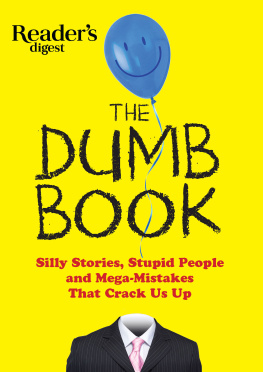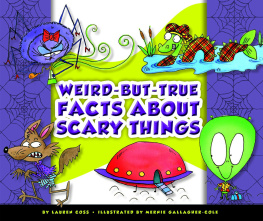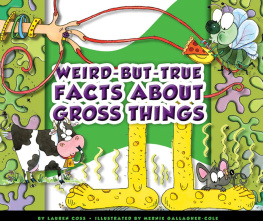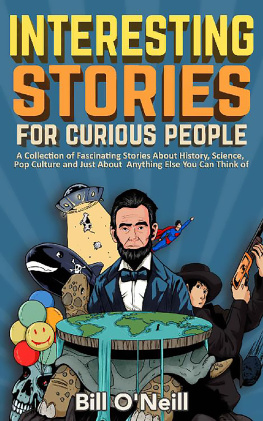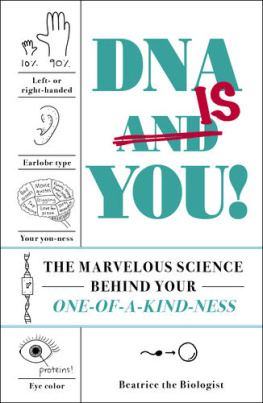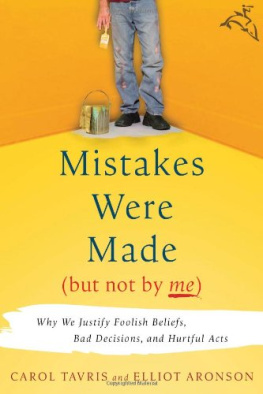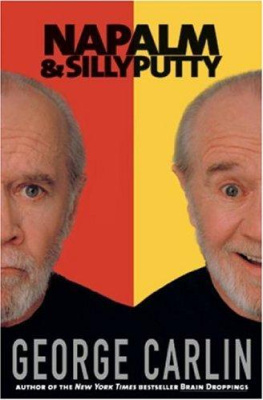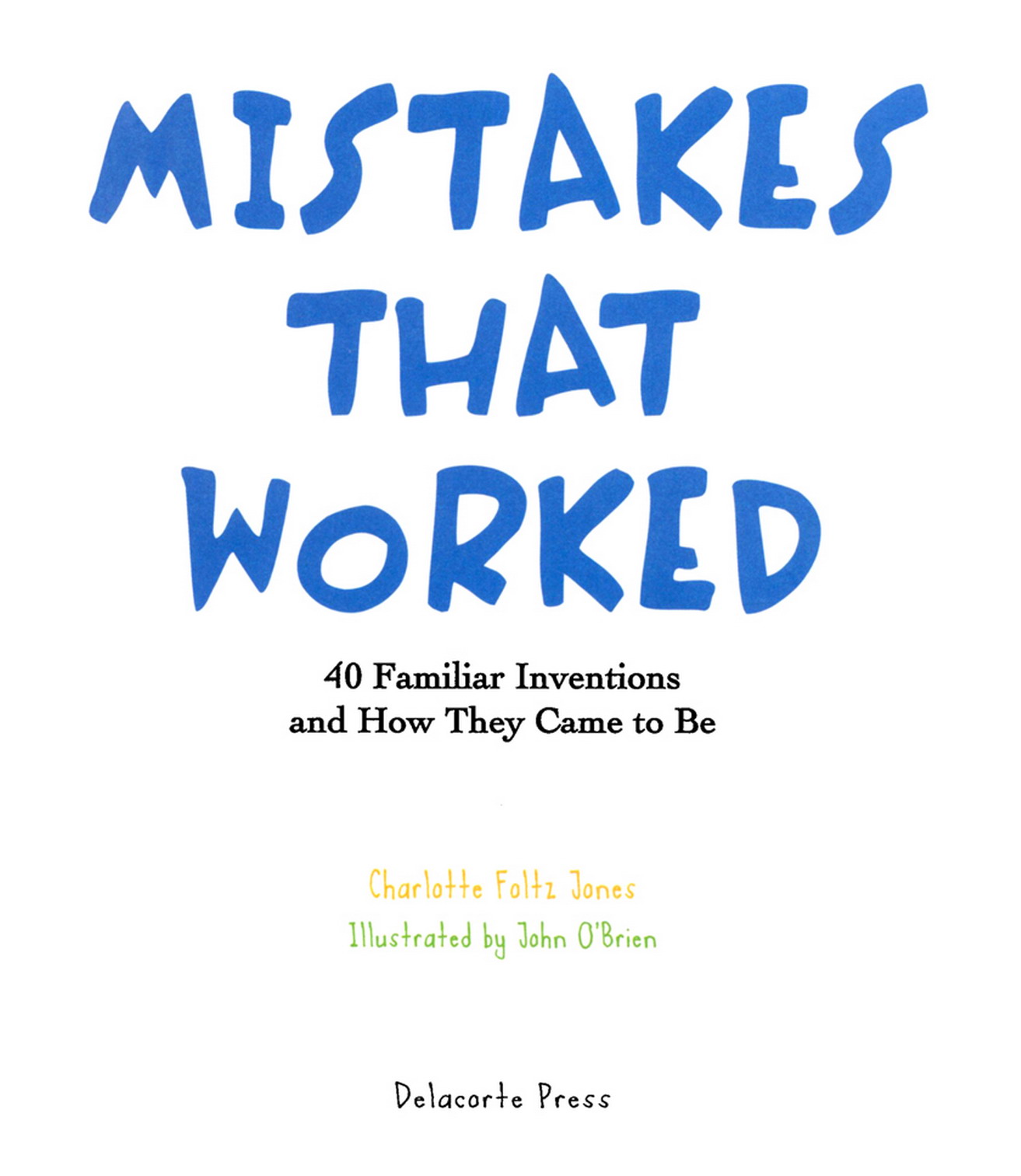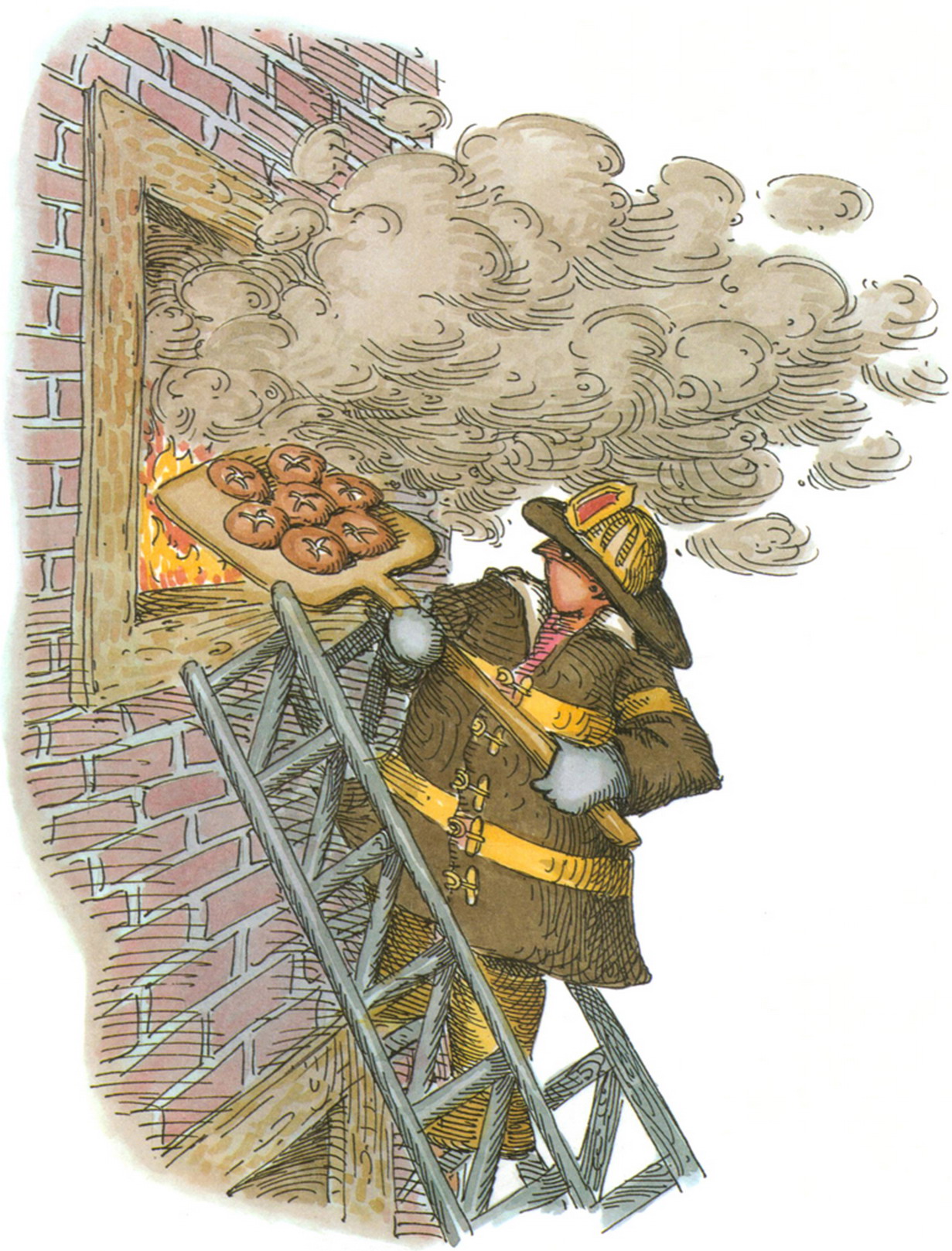All rights reserved. Published in the United States by Delacorte Press, an imprint of Random House Children's Books, a division of Penguin Random House LLC, New York. Originally published in hardcover in the United States by Doubleday Books, an imprint of Random House Children's Books, New York, in 1991.
Delacorte Press is a registered trademark and the colophon is a trademark of Penguin Random House LLC.
Educators and librarians, for a variety of teaching tools, visit us at RHTeachersLibrarians.com
The Library of Congress has cataloged the hardcover edition of this work as follows:
Jones, Charlotte Foltz.
Mistakes that worked / by Charlotte Foltz Jones ; illustrated by John OBrien. 1st ed. p. cm.
Summary: Presents the stories behind forty things that were invented or named by accident, including aspirin, X rays, Frisbees, Silly Putty, and Velcro.
1. Inventions Juvenile literature. [1. Inventions.]
I. OBrien, John, ill. II. Title.
Random House Childrens Books supports the First Amendment and celebrates the right to read.
ACKNOWLEDGMENTS
Bangor Chamber of Commerce
Ed Bartley, Dunkin Donuts
Joan Beliveau, Dunkin Donuts
Kathie Bellamy, Baskin-Robbins, USA
Barbara and Bill Brownlee, International Brick Collectors Association
Mary Cash
Donald A. Fischer, 3M
Claire Jackson, Coca-Cola USA
Betty M. James, James Industries
Patricia M. Jent, Procter & Gamble Co.
Maxine C. Johnson, Scott Paper Co.
Edward Jones, Circus Historical Society
Peggy V. Jue, Levi Strauss & Co.
DAnn King-Monroe, Tennessee State Library and Archives
Corinne Kirchner, American Foundation for the Blind
Leoma B. Maxwell, Avon Park Historical Society and Museum
Bill McCarthy, Circus World Museum
Sally Miller, Procter & Gamble Co.
Nestl Foods
Neil Nix, Glenbrook Laboratories, Div. Sterling Drug
Nome Convention and Visitors Bureau
John Perduyn, Goodyear Tire & Rubber Co.
Potato Chip/Snack Food Association
Roy Renfrow, Malvern Chamber of Commerce
Anne Reynolds
Phil Rice
Marvene Riis, South Dakota Historical Society
Dan Roddick, Wham-O
Dean Rodenbough, Binney & Smith
Jim Russell, Popsicle Industries
B. E. Saffer, General Shale Museum of Ancient Brick
Lori Scholz, The Seeing Eye, Inc.
Harold Sloan
Rob Smelstor, VELCRO, USA
Lina Striglia, Binney & Smith
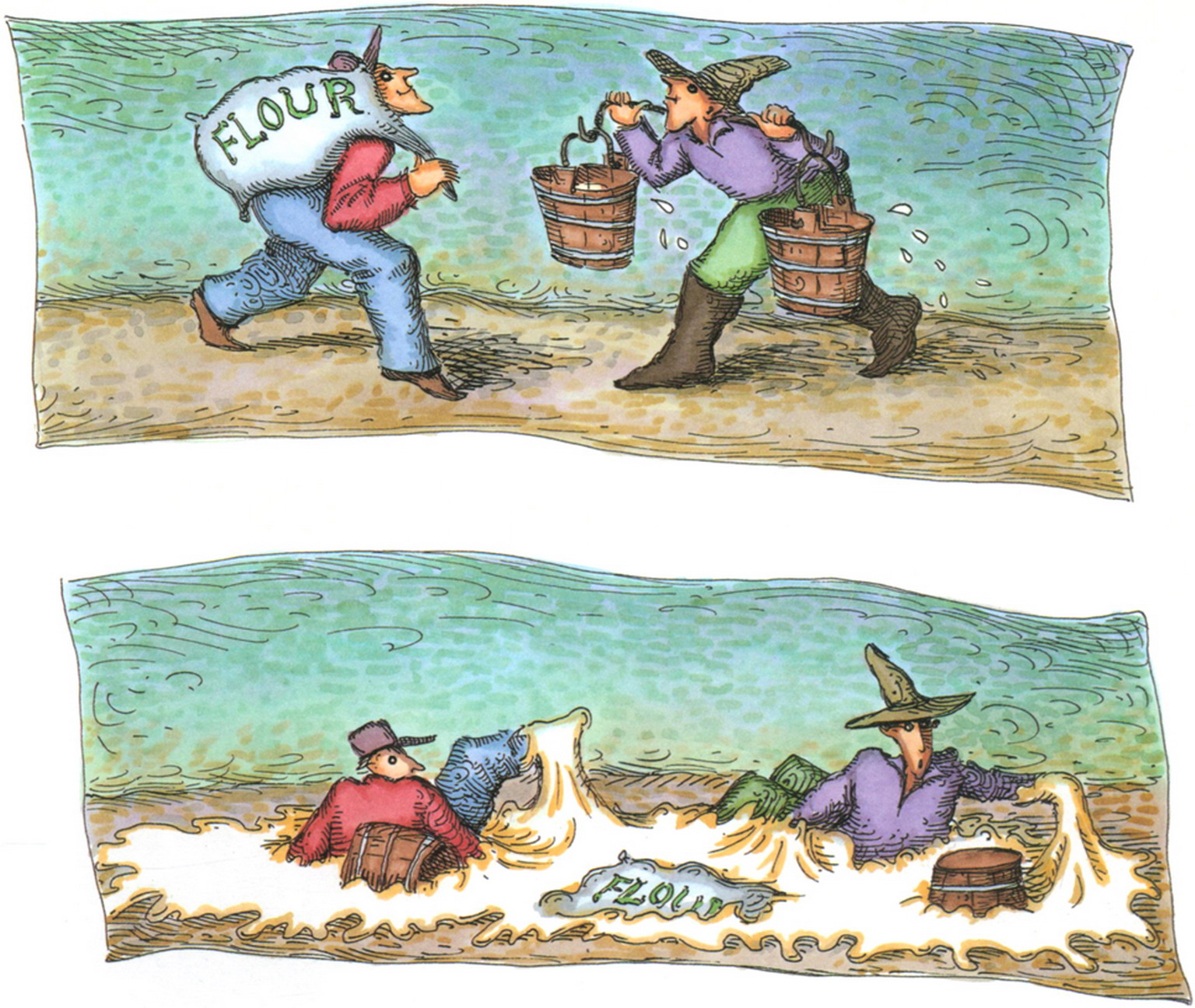

INTRODUCTION
Name the greatest of all the inventors. Accident.
Mark Twain (Notebook)
Call them accidents. Call them mistakes. Even serendipity.
If the truth were known, we might be amazed by the number of great inventions and discoveries that were accidental, unplanned and unintentional.
The inventors mentioned in this book were not only smart, but also alert. It is easy to fail and then abandon the whole idea. Its more difficult to fail, but then recognize another use for the failure.
Much research and documentation has gone into each entry of this book, and some fun, interesting, and sometimes humorous stories about various discoveries emerged. Some of the stories are historical fact. Others are legends or lorestories that cannot be proved and probably cant be disproved.
The discoveries related in this book are just the beginning of ideas. Research, experimentation, and hard work were needed to develop the subjects into the products we use today.
The inventors and discoverers mentioned in this book should teach all of us the lesson stated best by Bertolt Brecht in 1930: Intelligence is not to make no mistakes. But quickly to see how to make them good.
CONTENTS
Many cooks admit their favorite recipes were the result of accidents. But the numerous cases of food poisoning prove many food accidents dont work.
If you would like to experiment in the kitchen, a good book to start with is Vicki Cobbs Science Experiments You Can Eat (J. B. Lippincott, New York). But be careful. The National Safety Council reports that almost eight hundred thousand accidents involving home kitchen appliances and housewares are treated in hospital emergency rooms each year. So learn the safety rules and dont become a statistic.
K ITCHEN S AFETY T IPS
Ask permission from a parent or other adult before beginning any kitchen project.
Always wash your hands before handling foods or cooking utensils.
Read the recipe carefully and get out all ingredients and equipment before you begin.
Follow the recipe exactly and measure accurately.
Use electrical appliances only with an adults supervision.
When you are finished, put unused ingredients away and clean the kitchen. Never leave a mess.
Baking rolls or bread is not quick.
The ingredients are mixed, then kneaded. The dough rises for one to two hours. Then it gets punched, divided into rolls, and baked for at least another hour.
Joe Gregor knew there must be an easier way for busy people to have hot rolls. He spent long hours trying to devise a method, but without success.
Then one afternoon in 1949, Gregor was baking dinner rolls in his Avon Park, Florida, kitchen when the fire siren wailed. As a volunteer fireman, he had to respond to the fire. He quickly pulled the rolls from the oven and rushed out the door.
When he returned from the fire, Gregor examined the cold, half-cooked rolls. They were white and looked like plaster. Most people would have thrown the ugly mess in the garbage. But not Joe Gregor. He reheated his oven and finished cooking the rolls.
They were delicious! Gregor had accidentally discovered a method for making rolls ahead of time, yet serving them hot and fresh at the dinner table.
Gregor experimented to find the exact temperatures and times required for the first baking. He then revealed the directions to bakers everywhere.


